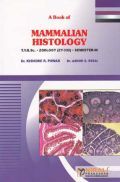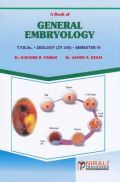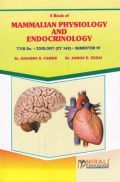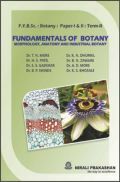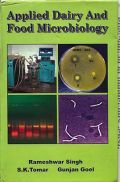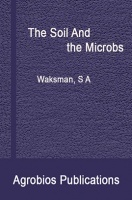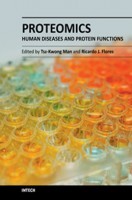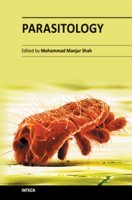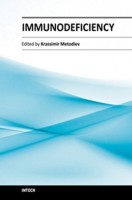Salmonella - A Dangerous Foodborne Pathogen
About the Book:
More than 2,500 serotypes of Salmonella exist. However, only some of these serotypes have been frequently associated with food-borne illnesses. Salmonella is the second most dominant bacterial cause of food-borne gastroenteritis worldwide. Often, most people who suffer from Salmonella infections have temporary gastroenteritis, which usually does not require treatment. However, when infection becomes invasive, antimicrobial treatment is mandatory. Symptoms generally occur 8 to 72 hours after ingestion of the pathogen and can last 3 to 5 days. Children, the elderly, and immunocompromised individuals are the most susceptible to salmonellosis infections. The annual economic cost due to food-borne Salmonella infections in the United States alone is estimated at $2.4 billion, with an estimated 1.4 million cases of salmonellosis and more than 500 deaths annually. This book contains nineteen chapters which cover a range of different topics, such as the role of foods in Salmonella infections, food-borne outbreaks caused by Salmonella, biofilm formation, antimicrobial drug resistance of Salmonella isolates, methods for controlling Salmonella in food, and Salmonella isolation and identification methods.







